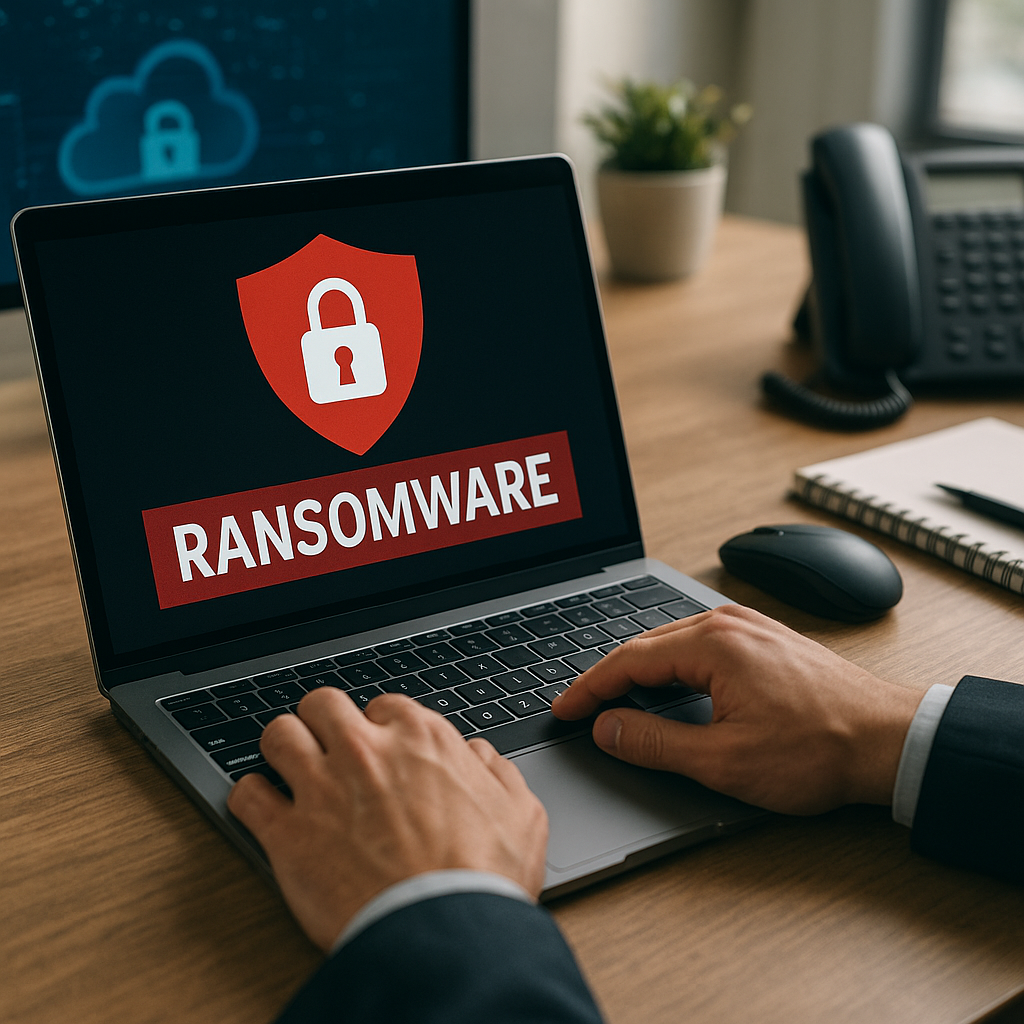The role of blockchain technology in cybersecurity is becoming increasingly significant as organizations seek innovative solutions to combat the growing threats in the digital landscape. With the rise of cyberattacks, data breaches, and identity theft, traditional security measures are often proving inadequate. Blockchain, with its decentralized and immutable nature, offers a promising alternative that can enhance security protocols and protect sensitive information. This article explores the fundamental aspects of blockchain technology and its applications in cybersecurity, highlighting its potential to revolutionize the way we secure data and systems.
Understanding Blockchain Technology
Blockchain technology is a distributed ledger system that allows multiple parties to maintain a shared database without the need for a central authority. Each transaction or piece of data is recorded in a block, which is then linked to the previous block, forming a chain. This structure ensures that once data is recorded, it cannot be altered or deleted without the consensus of the network participants. The key features of blockchain technology include decentralization, transparency, and security, making it an attractive option for various applications, including cybersecurity.
Decentralization
One of the most significant advantages of blockchain technology is its decentralized nature. Unlike traditional databases that rely on a central server, blockchain operates on a peer-to-peer network. This means that data is distributed across multiple nodes, reducing the risk of a single point of failure. In the context of cybersecurity, decentralization can help mitigate the impact of cyberattacks, as compromising one node does not compromise the entire network. This resilience is particularly valuable in protecting sensitive information and maintaining the integrity of data.
Transparency
Blockchain technology promotes transparency by allowing all participants in the network to access the same information. Each transaction is recorded in a public ledger, which can be audited by anyone with access to the network. This transparency can enhance accountability and trust among users, as it becomes more challenging for malicious actors to manipulate data without detection. In cybersecurity, this feature can be leveraged to track changes to sensitive information, ensuring that any unauthorized alterations are quickly identified and addressed.
Security
The security of blockchain technology is rooted in its cryptographic principles. Each block in the chain is secured using cryptographic hashes, which create a unique digital fingerprint for the data contained within. This makes it nearly impossible for hackers to alter the information without being detected. Additionally, the consensus mechanisms used in blockchain networks, such as Proof of Work or Proof of Stake, further enhance security by requiring participants to validate transactions before they are added to the blockchain. This multi-layered approach to security makes blockchain a formidable tool in the fight against cyber threats.
Applications of Blockchain in Cybersecurity
As organizations increasingly recognize the potential of blockchain technology, various applications are emerging that can significantly enhance cybersecurity measures. From identity management to secure data sharing, blockchain offers innovative solutions to some of the most pressing challenges in the field.
Identity Management
Identity theft is one of the most prevalent forms of cybercrime, with millions of individuals falling victim each year. Traditional identity management systems often rely on centralized databases, making them vulnerable to breaches. Blockchain technology can provide a more secure alternative by allowing individuals to control their own identity data. Through the use of decentralized identifiers (DIDs) and self-sovereign identity (SSI) models, users can manage their personal information without relying on third-party services. This not only enhances security but also empowers individuals to take control of their digital identities.
Secure Data Sharing
In many industries, secure data sharing is crucial for collaboration and innovation. However, traditional methods of data sharing often involve significant risks, including data breaches and unauthorized access. Blockchain technology can facilitate secure data sharing by providing a tamper-proof ledger that records all transactions. Smart contracts, which are self-executing contracts with the terms of the agreement directly written into code, can automate and enforce data sharing agreements, ensuring that only authorized parties have access to sensitive information. This approach not only enhances security but also streamlines processes and reduces the potential for human error.
Supply Chain Security
The global supply chain is increasingly complex, making it challenging to ensure the security and integrity of products and information. Blockchain technology can enhance supply chain security by providing a transparent and immutable record of every transaction that occurs along the supply chain. This allows organizations to track the provenance of products, verify their authenticity, and identify any potential vulnerabilities. By leveraging blockchain, companies can reduce the risk of counterfeit goods, fraud, and other security threats that can compromise their operations.
Incident Response and Recovery
In the event of a cyber incident, organizations must respond quickly to mitigate damage and recover lost data. Blockchain technology can play a vital role in incident response and recovery by providing a secure and tamper-proof record of all activities leading up to and following an incident. This can help organizations identify the source of the breach, assess the impact, and implement corrective measures. Additionally, the decentralized nature of blockchain ensures that critical data is not lost or compromised during a cyberattack, enabling organizations to recover more effectively.
Challenges and Considerations
While the potential of blockchain technology in cybersecurity is promising, several challenges and considerations must be addressed before widespread adoption can occur. Understanding these challenges is essential for organizations looking to implement blockchain solutions effectively.
Scalability
One of the primary challenges facing blockchain technology is scalability. As the number of transactions increases, the size of the blockchain grows, which can lead to slower processing times and increased costs. This is particularly concerning for organizations that require real-time data processing and high transaction throughput. Solutions such as sharding, layer 2 protocols, and alternative consensus mechanisms are being explored to address scalability issues, but further research and development are needed to ensure that blockchain can meet the demands of large-scale applications.
Regulatory and Compliance Issues
The regulatory landscape surrounding blockchain technology is still evolving, and organizations must navigate a complex web of laws and regulations. Compliance with data protection regulations, such as the General Data Protection Regulation (GDPR) in Europe, can be particularly challenging due to the immutable nature of blockchain. Organizations must carefully consider how to balance the benefits of blockchain with the need to comply with legal requirements, which may involve implementing additional measures to protect user privacy and data rights.
Integration with Existing Systems
Integrating blockchain technology with existing systems and processes can be a significant hurdle for organizations. Many businesses rely on legacy systems that may not be compatible with blockchain solutions. This can lead to increased costs and complexity as organizations work to bridge the gap between traditional and blockchain-based systems. A phased approach to integration, along with thorough testing and validation, can help organizations overcome these challenges and ensure a smooth transition to blockchain technology.
Conclusion
The role of blockchain technology in cybersecurity is poised to grow as organizations seek more robust solutions to combat the ever-evolving landscape of cyber threats. With its decentralized, transparent, and secure nature, blockchain offers innovative applications that can enhance identity management, secure data sharing, and improve supply chain security. However, organizations must also address the challenges associated with scalability, regulatory compliance, and integration with existing systems. By carefully considering these factors, businesses can harness the power of blockchain technology to strengthen their cybersecurity posture and protect sensitive information in an increasingly digital world.




